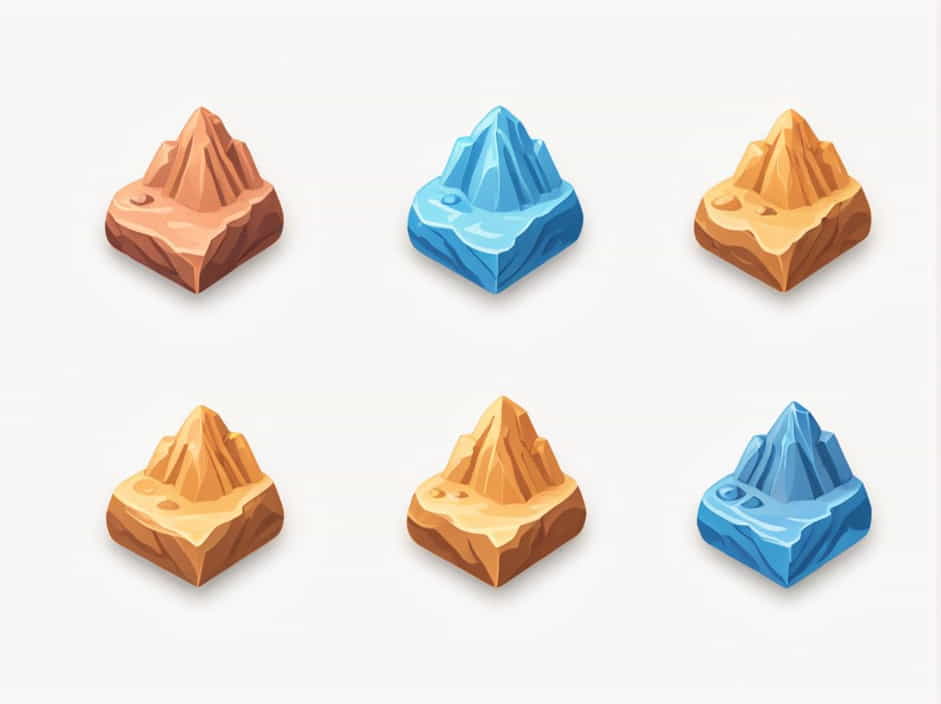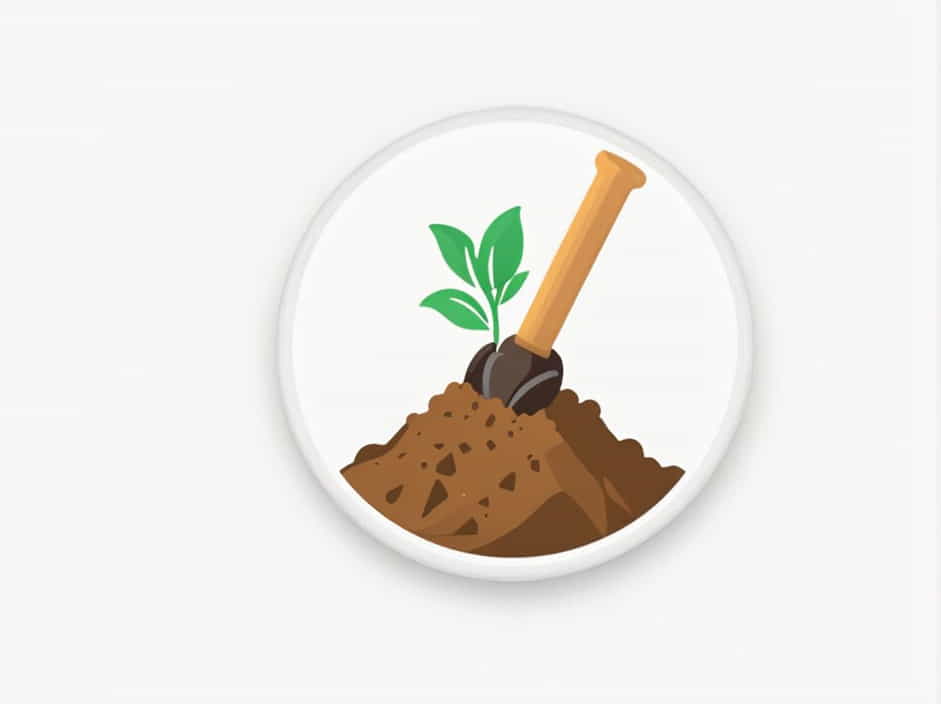The Difference Between Lithosphere And Asthenosphere
The Earth’s structure is divided into different layers, each with unique properties that influence geological activity. Two important layers within the Earth’s interior are the lithosphere and the asthenosphere. These layers play a crucial role in plate tectonics, earthquakes, and volcanic activity. The lithosphere is the rigid outermost shell of the Earth, while the asthenosphere … Read more









